32
Introduction
RSS 100 Years: The world’s largest non-governmental organizations are going to complete 100 years of Rashtriya Swayamsevak Sangh (RSS). The RSS was founded on 27 September 1925 by Dr. Keshav Baliram Hedgewar on the day of Vijayadashami. The organization completed 50 years during the emergency in 1975. During that time the RSS and its inspired political Jana Sangh were banned. After the Emergency was removed, the Jana Sangh merged into the Janata Party and the government was formed at the center under the leadership of Morarji Desai. Since 1975, the political importance of this organization gradually increased and it resulted in a political party like the Bharatiya Janata Party (BJP), which is usually seen as the political branch of the Sangh. In terms of political and social scenario 2025 is considered to be very important for the Rashtriya Swayamsevak Sangh, the world’s largest non-governmental organization. In 2025, on the day of Vijayadashami, 100 years of establishing the Sangh will be completed. The RSS, prepared from the Akharas of Nagpur, has taken a great form in the present time. For the stronger and powerful as the Sangh seems to be seen today, it has to pass through many ups and downs. In this way, the Sangh, which started with 17 volunteers, is established today as a huge organization.
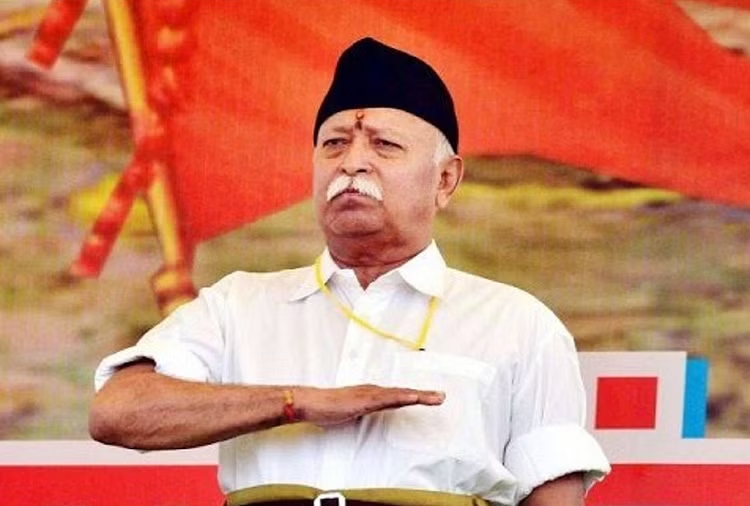
Table Of Content
- How was its structure ready?
- The creative system of the union is something as follows
- Some related organizations related to the union
- These are some major organizations in RSS
- History
- Plan to form a Sangh with 17 people
- Foundation laid on the day of Vijayadashami
- The name of the union was like this
- Many times the ban has been imposed
- Union dress code
- The great importance of these festivals in the Sangh
- Hedgewar vowed not to marry
- Look at these achievements
How was its structure ready?
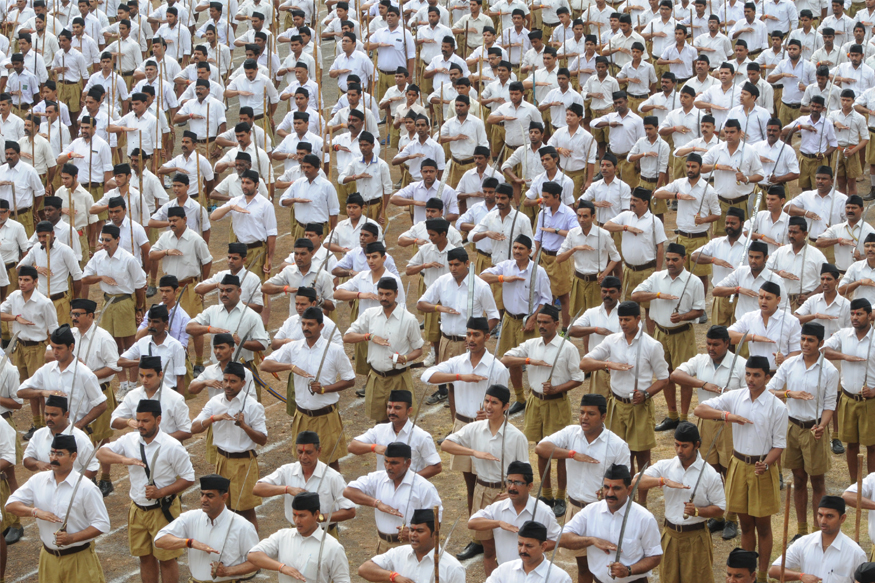
Talking about the structure of the union, the union driver is organizationally at the top, which gives directions to the entire Sangh. Nomination is done to appoint Sarsanghchalak. Every head-concert announces his successor. Currently, Mohan Bhagwat is working as the head of the Sangh. The work of completing most of the work of the Sangh is done through the branch, in which volunteers meet in public places for one hour in the morning or evening. At present, the Sangh has more than 55 thousand branches across India.
The creative system of the union is something as follows
- Center
- Province
- District
- Area
- Department
- Taluka/Tehsil/Department
- City
- Fragment
- Circle
- Gram
- Branch
Some related organizations related to the union
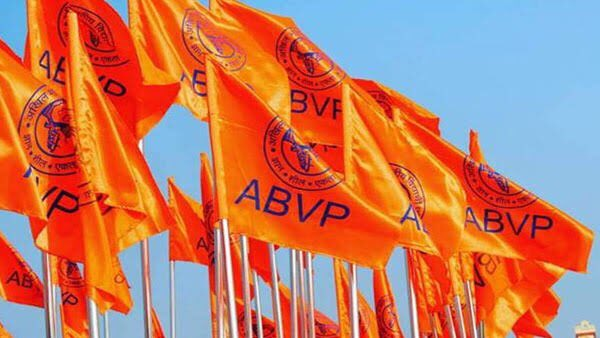
The Sangh is not just a single organization. There are many organizations associated with this which are inspired by the Rashtriya Swayamsevak Sangh and who call themselves the family of the Sangh. The Sangh works in more than 80 countries of the world. More than 50 organizations of the Sangh have national and international fame and more than 200 organizations have regional impacts. It has some major organizations which are active between the nation and society, considering the ideology of the Sangh and work for the society which includes education, service, security, religion and culture.
These are some major organizations in RSS
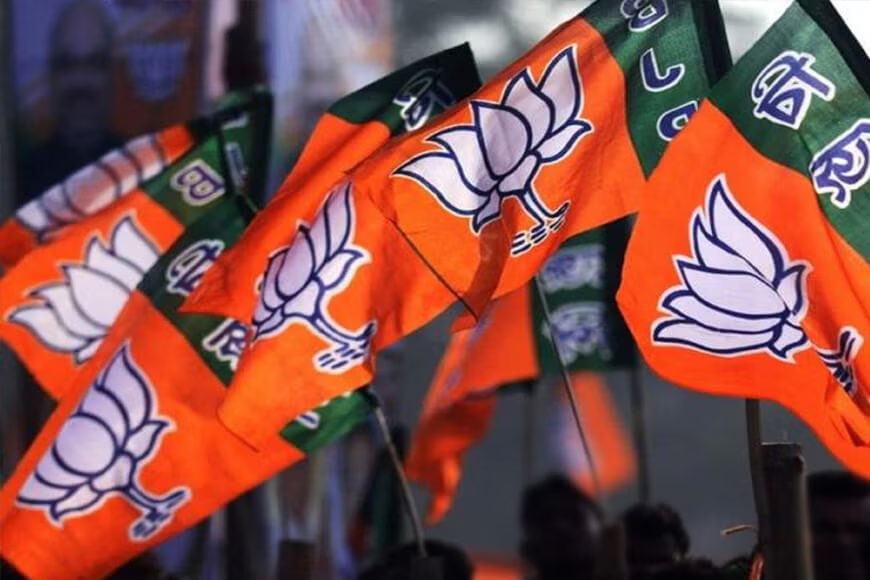
- Bharatiya Janata Party
- Sahakar Bharati
- Indian farmer union
- Bharatiya Mazdoor Sangh
- Seva Bharati
- Nation servant committee
- All india students council
- Vishvam Hindu council
- Hindu Swayamsevak Sangh
- Swadeshi Jagran Manch
- Saraswati Shishu Mandir
- Vidya Bharti
- Vanvasi welfare ashram
- Muslim national platform
- Bajrang Dal
- Small Industries Bharti
- Indian idea center
- World dialogue center
- National Sikh compatible
- Hindu Jagran Manch
- Vivekananda center
History

The Rashtriya Swayamsevak Sangh is going to complete 100 years this year. But for its establishment, many people have put their lives at stake. Rashtriya Swayamsevak Sangh, the world’s largest volunteer organization, was founded by Keshav Baliram Hedgewar in 1925. This organization was established with the goal of making India a Hindu nation. The Sangh, which has been prepared from the Akharas of Nagpur, has now taken a huge form.
Plan to form a Sangh with 17 people
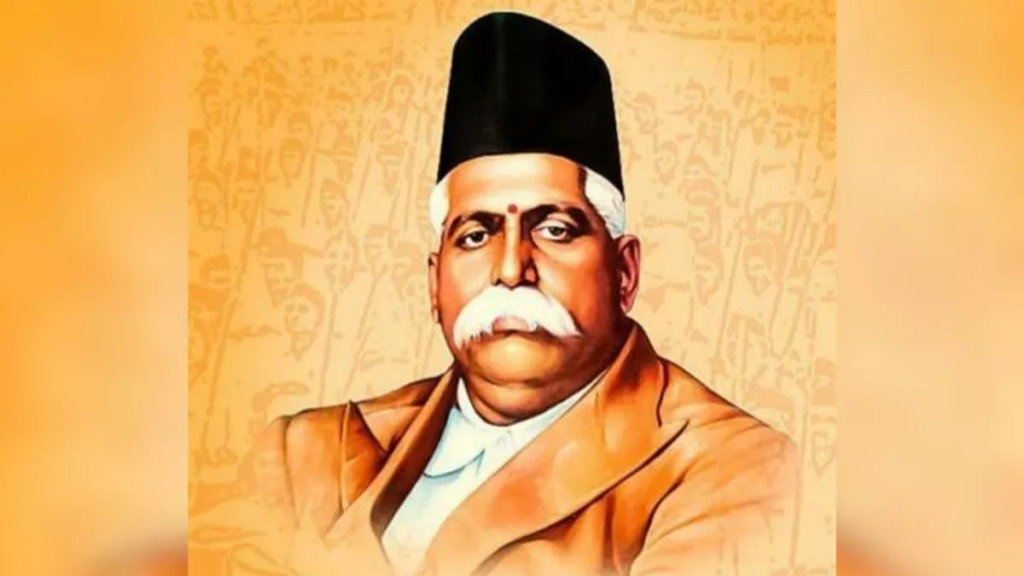
The first Sarsanghchalak Dr. Hedgewar of the Sangh planned to form the Sangh in the seminar with 17 people at his house. In this meeting, Hedgewar was accompanied by many people including Vishwanath Kelkar, Bhauji Kavre, Anna Sahne, Balaji Huddar, Bapurao Piercing. During this time, what will be the name of the Sangh or how it will work, all these things were slowly decided. At the time when the matter of its formation was going on, the idea of organizing Hindus was only going on. Even the union was named ‘Rashtriya Swayamsevak Sangh’ on 17 April 1926. On the same day, Hedgewar was unanimously elected the Sangh chief, but he was made in November 1929.
Foundation laid on the day of Vijayadashami
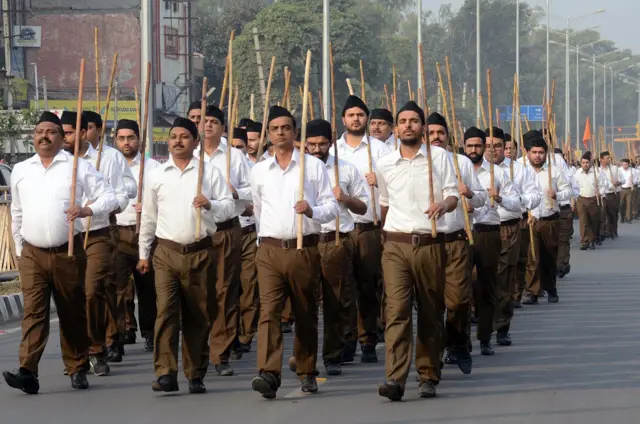
After that, everyone together laid the foundation of the Rashtriya Swayamsevak Sangh on the day of Vijayadashami. When Dr. Keshavrao Baliram Hedgewar laid the foundation of the RSS in 1925 at a place called Mohite’s Bade, Mumbai, it was the first branch of RSS. At the same time, now its number has increased to more than 55 thousand.
The name of the union was like this

This name of the Rashtriya Swayamsevak Sangh was named after great deliberations. Rashtriya Swayamsevak Sangh, Jaripatka Mandal and Bharatodavarak Mandal were churned for several days on these three names. Voting was done for this. Out of the 26 members present in the meeting, 20 members voted in favor of the Rashtriya Swayamsevak Sangh, after which the RSS came into existence. With the prayer ‘Namaste Sada Vatsale Matrubhumay’, the Sangh branches have been continuously setting up in every corner of the country for the last several decades.
Many times the ban has been imposed

The organization has also been banned several times. First in 1975, during the reign of former Prime Minister Indira Gandhi, when the country had to go through the process of emergency. At that time, the then Jana Sangh was also banned with the RSS. After the end of the Emergency, the Jana Sangh merged into the Janata Party and the mixed government of Morarji Desai was formed at the center. Since then, the political importance of this organization gradually increased and as a result, a political party like Bharatiya Janata Party was born.
Union dress code
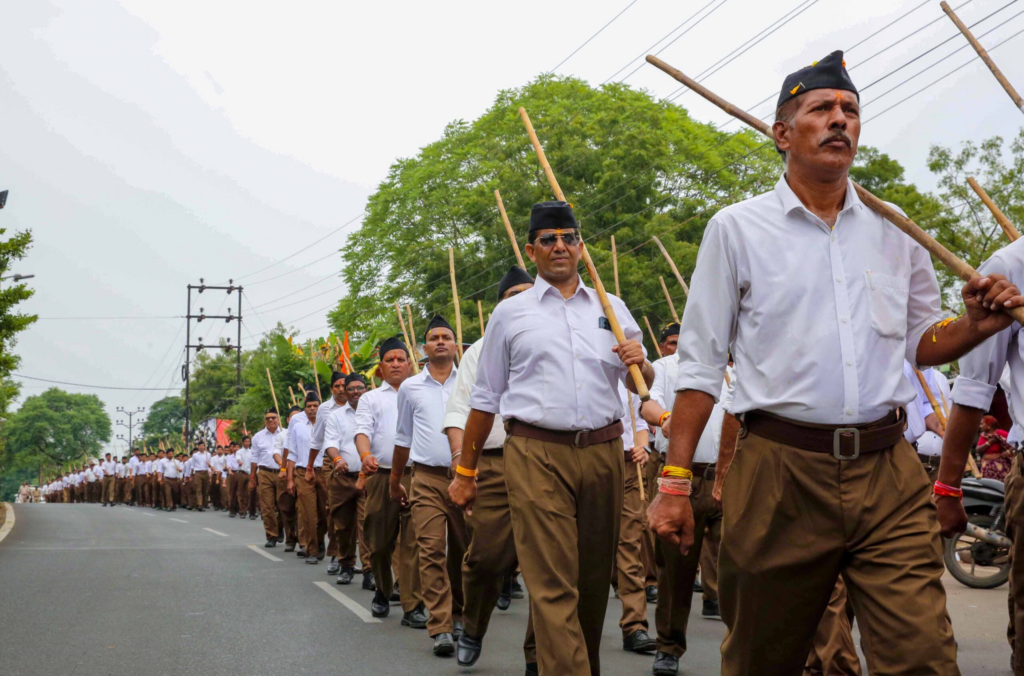
When the Sangh started, at that time, volunteers were seen in the branches of the Sangh in Khaki shirt, khaki pants, khaki cap and boot, which was its early uniform. However, with the changing times, many changes were also made in them. In the year 1930, the Sangh started using the black cap in exchange for Khaki, so in the year 1939, the Sangh changed the color of its shirt and changed it with khaki to white. At the same time, in the year 1973, simple shoes and socks replaced the boot. The belt also changed in the year 2010. Swayamsevak started using canvas belts instead of leather. After this, in the year 2016, the Sangh included fullpants in their dress code instead of Khaki Nikar. At the same time, if we talk about its training, then there are 5 stages. The first phase is of the initial class, which lasts three days. Primary education class to be held at district level 7 days, Union Education Class-1 to be held at the regional level, about 15 days, worker development class-1 at the regional level, about 20 days, the worker development class-2 at All India level lasts for about 25 days. According to the organization, the Sangh has divided the entire country into 44 provinces and 11 regions.
The great importance of these festivals in the Sangh
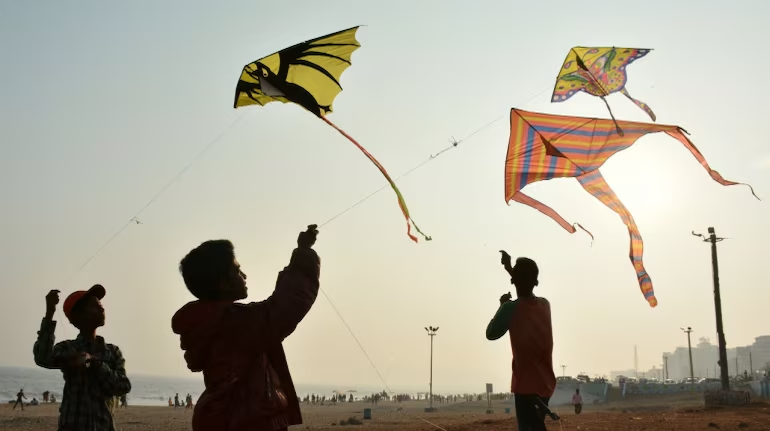
Many festivals come throughout the year, but the Sangh celebrates 6 festivals every year. These include Hindu Year, Hindu Empire Day, Guru Purnima, Raksha Bandhan, Makar Sankranti and Vijayadashami. At the same time, if we take a look at its working structure, then the Sangh chief is called Sarsanghchalak. Since then, Sarkaryavah comes in this list and then co -government, which can be more than one. The Central Executive Board is the largest body of the Union, which appoints the next Chief. The aim of the Sangh is to empower Hindu society. He has to be strengthened on the basis of his religion and culture. An 18 -year -old youth can become a part of it in this organization. At the same time, children under 18 years of age are called child volunteers. Now 6 people have taken command of the Sangh, of which Dr. Keshavrao Baliram Hedgewar from 1925-40, Madhav Sadashivarao Golwalkar till 1940-73, Madhukar Dattatra Dewar from 1973-93, Professor Rajendra Singh alias Rajju Bhaiya till 1993-2000, from 1993-2000 till 2000-09 till 2000-09 till now Madhukarrao Bhagwat is prominent.
Hedgewar vowed not to marry
Look at these achievements
Today every region of the Sangh society is active. Where, on the one hand, the Sangh played an important role in the 1962 Indo-China War and helped in delivering logistics to the border areas. The then Prime Minister Pandit Jawaharlal Nehru was very impressed by this role of the Sangh, after which he invited him to join the Republic Day parade of 1963. It is said that thousands of volunteers were present there on the information of only two days. Not only this, during the war against Pakistan in the year 1965, the Sangh had helped in improving traffic system in Delhi. Along with this, the Sangh has been taking part in relief and rehabilitation work. Relief and rehabilitation are the old habit of the association. In 1971, in Odisha and in 1977, he played an important role in relief and during the cyclone in Andhra Pradesh.
Also read: Bangladesh again increased stir, students demand Hasina hanging; This allegation made on the army














